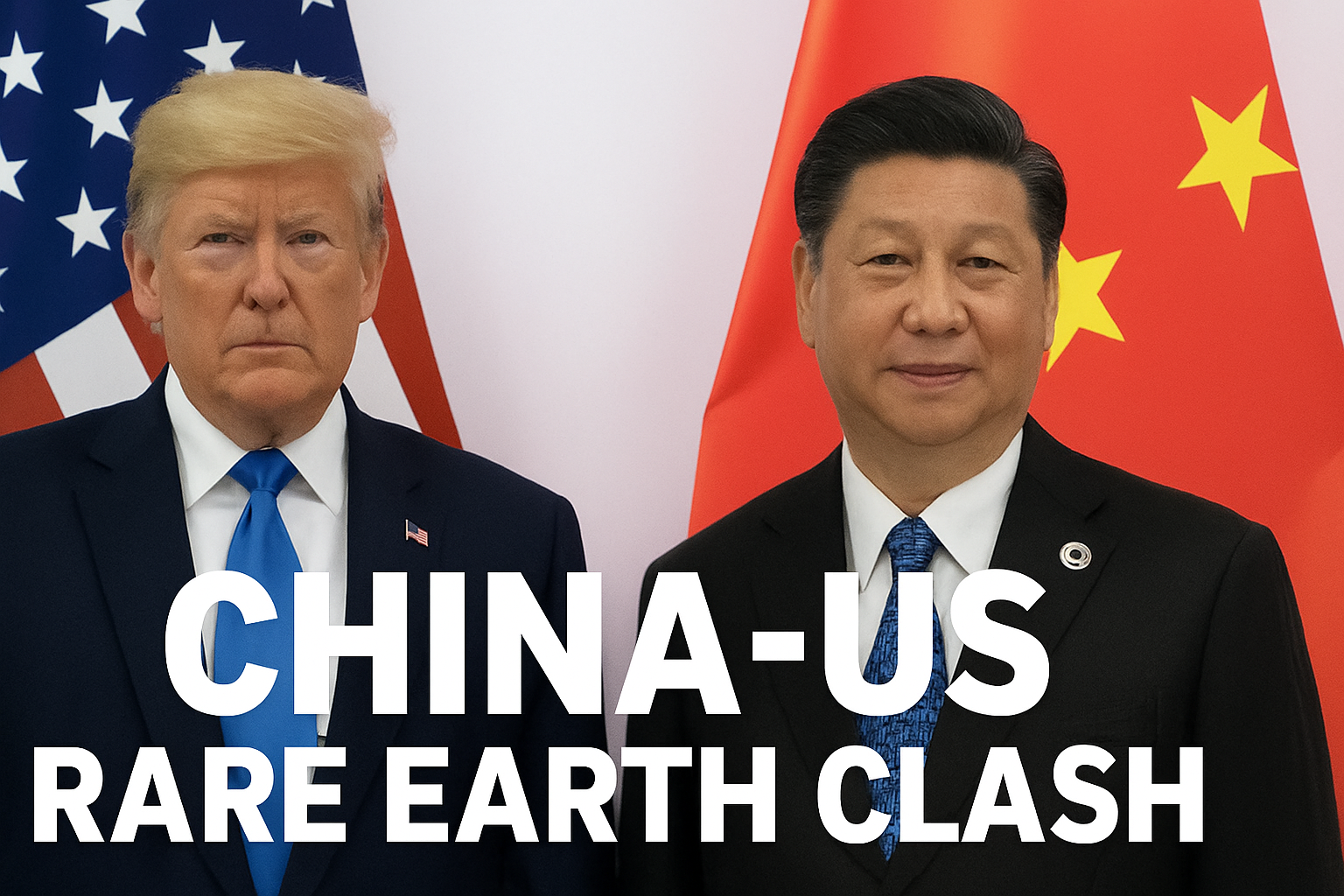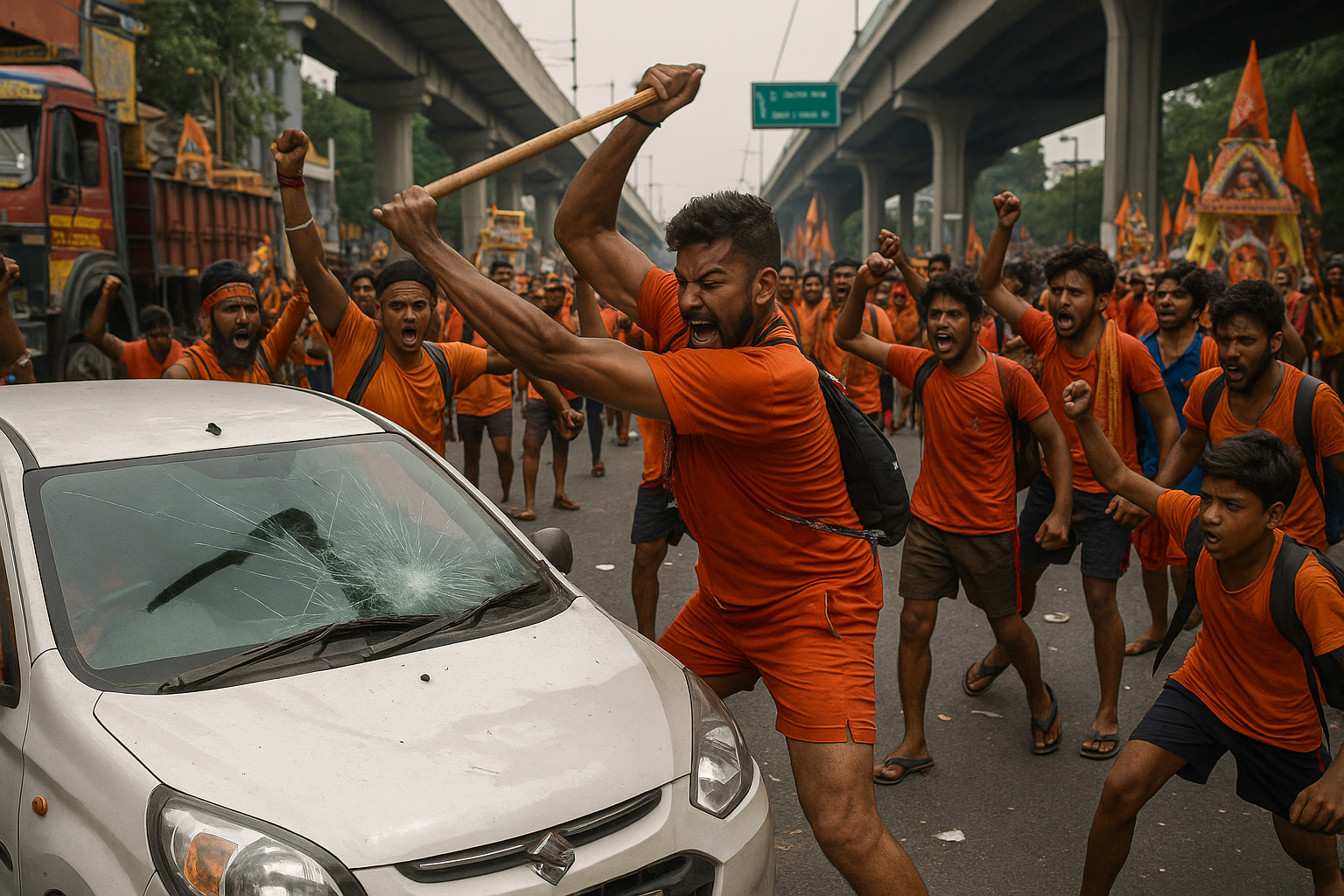
In theory, secularism is a promise. In practice, it is a negotiation. And nowhere is this negotiation more visibly skewed than on the public roads of Delhi and its adjoining regions during the annual Kanwar Yatra.
The Kanwariyas, mostly young Hindu male pilgrims, undertake this journey carrying sacred Ganga water to pour over Shiva lingas in temples across northern India. For years, this pilgrimage was a quiet affair, a deeply personal expression of faith. Today, it is a performance. A spectacle. A test of who controls public space, and who is allowed to bypass the law.
This year, seven major UP-Delhi roads were shut down entirely. Daily life in India’s capital, home to over 20 million people, came to a halt. Ambulances were delayed. Public transport was diverted. Residents of localities like Anand Vihar, Apsara Border, and Vikas Marg found themselves prisoners of someone else’s religion. All of this happened not because the state was incapable of handling it. It happened because the state chose to look away.
The Constitution of India guarantees the right to practice and propagate religion. It also guarantees equality before the law. These are not in conflict. But what happens when the practice of one group’s religion systematically denies another group access to civic life? What happens when roads meant for all are monopolized by a few? And more crucially, what happens when the state remains silent?
CCTV footage circulated this week shows a group of Kanwariyas smashing a car windshield. Their apparent offense was that the car did not wait long enough for them to pass. No arrests were made. No charges filed. The act was not condemned by any major political leader. This is not merely a breakdown of law. It is the normalization of religious entitlement.
Noise pollution laws were ignored. Truckloads of Kanwariyas blasted devotional remixes on high-powered sound systems. Some danced in the middle of highways. Others blocked intersections for hours. These are not isolated incidents. They are structural patterns. They reveal an unspoken understanding between the majoritarian religious identity and the institutions meant to regulate public order.
One might argue that all religious communities, at some point, disrupt public life. Muslim processions during Muharram. Christian parades at Christmas. Sikh celebrations during Gurpurab. But the comparison collapses under scrutiny. None of these are allowed to override urban infrastructure for weeks. None enjoy the political patronage or the bureaucratic indifference that Kanwar Yatra has come to command.
What makes the Kanwar phenomenon unique is the sheer scale of impunity. Traffic rules are suspended. Police officers are redeployed not to enforce order, but to protect pilgrims from any form of accountability. The media frames this chaos as a test of administrative endurance, not as a violation of public rights. Words like 'spiritual fervor' are deployed to sanitize what is essentially mass lawlessness.
The silence of the courts is particularly telling. While the judiciary has been quick to issue directives on firecrackers during Diwali or animal sacrifice during Bakrid, it remains conspicuously inactive when it comes to the systemic disruptions caused by Kanwar Yatra. The secular contract, it seems, is selectively enforced.
Why does this happen? The answer is not only religious. It is political. In a democracy where the majority elects the government, and the majority happens to be Hindu, majoritarian religiosity is often conflated with national identity. Any attempt to regulate it is seen not as law enforcement, but as an attack on the nation itself.
This is not a recent development. The entanglement of religion and state in India has always been present. But in the last decade, the boundaries have blurred further. Civic life is being redefined by the rhythms of religious assertion. Streets, once neutral arteries of urban life, have become stages for political signaling.
The consequences are profound. It is not simply about traffic jams. It is about what kind of society we are constructing. When laws bend repeatedly for one group, others begin to lose faith in the system. When public inconvenience is dismissed as devotion, citizenship is quietly stratified. The believer is valued more than the commuter. The devotee is prioritized over the patient in the ambulance.
There is a way forward, but it demands courage. Not from citizens, who are already suffering the consequences. But from the state. It must decouple religious identity from public policy. It must reassert the primacy of law in regulating public space. And it must do so not selectively, but uniformly.
Secularism is not the absence of religion. It is the presence of fairness. It is the insistence that faith, no matter how dominant, does not exempt one from the rules that bind us all. The streets of Delhi are not temples. They are shared space. To claim them for a few, in the name of faith, is to deny the rights of the many.
And that is not secularism. That is surrender.



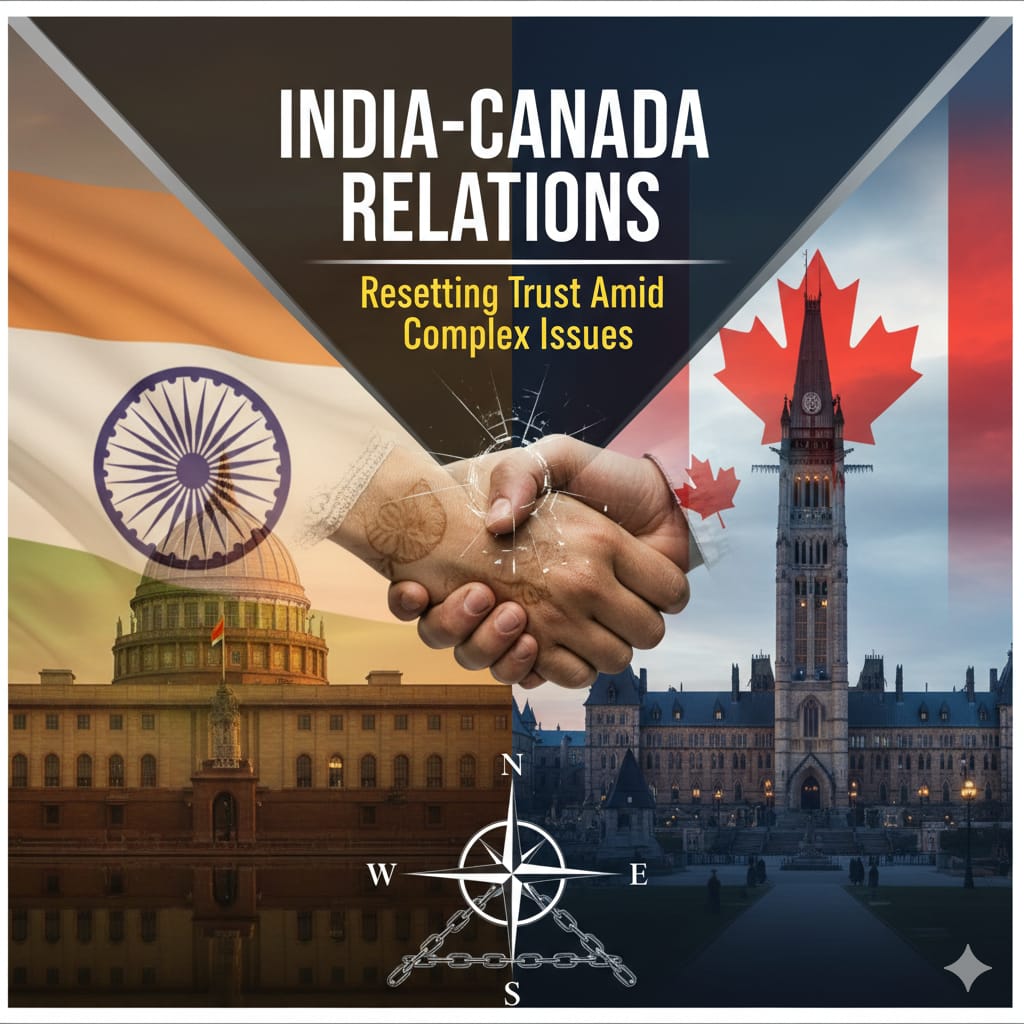
.jpeg)




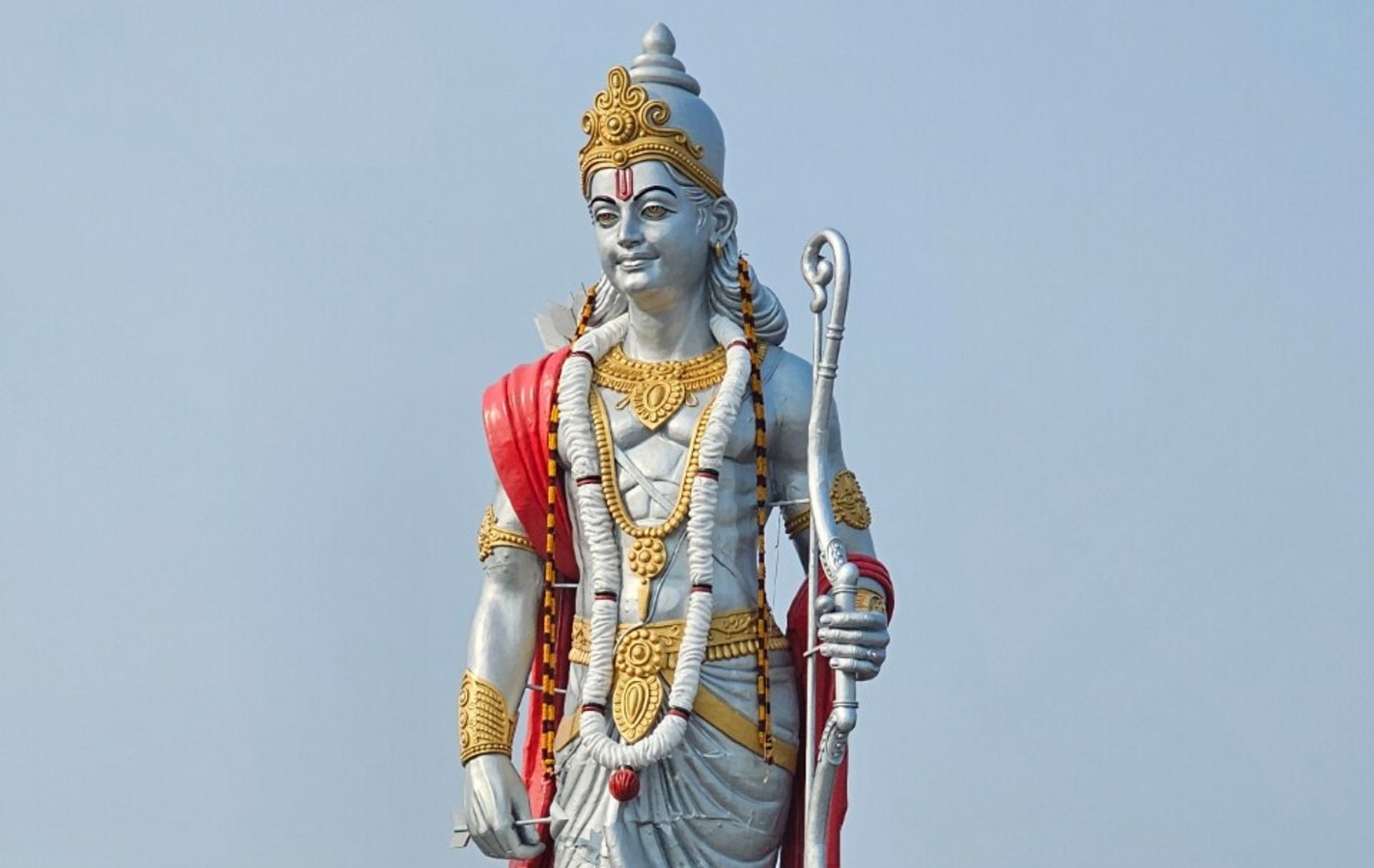
.jpeg)
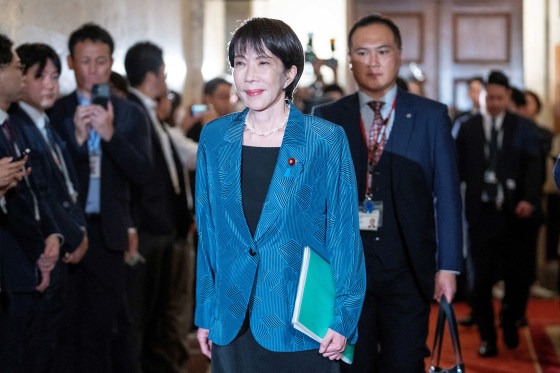

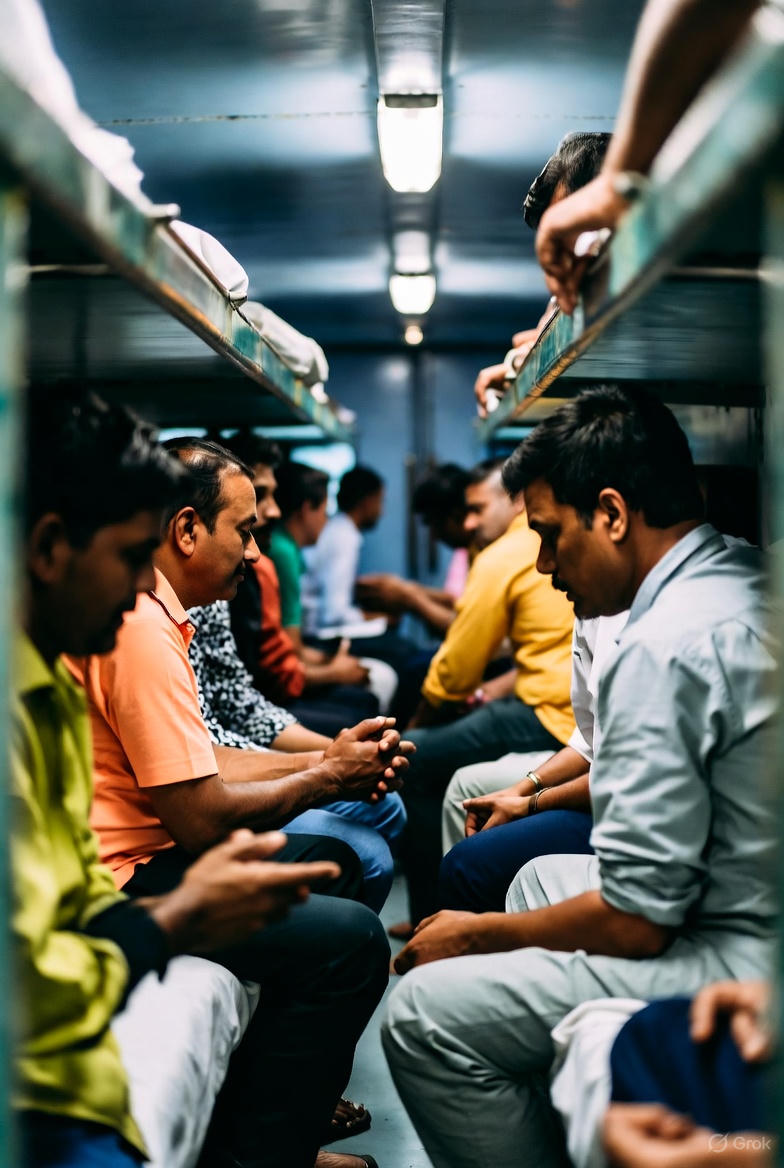
.jpeg)

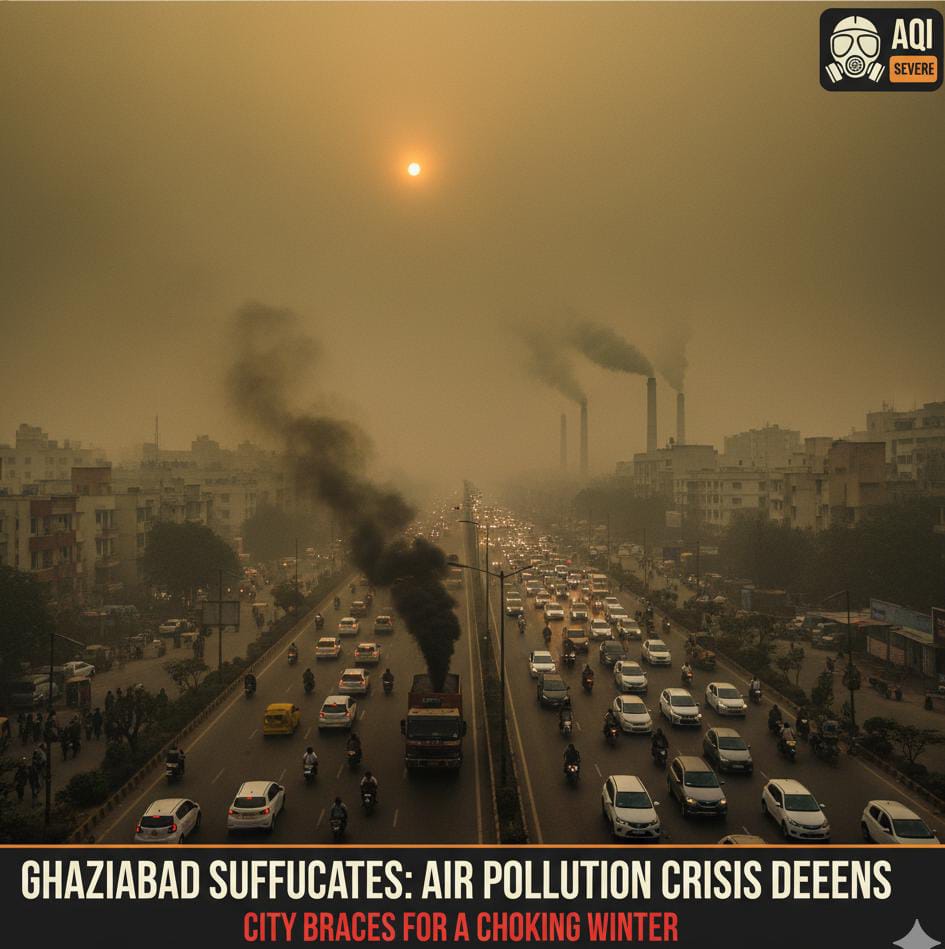

.jpeg)
.jpeg)
.jpeg)
